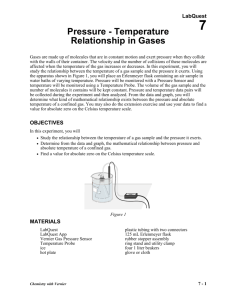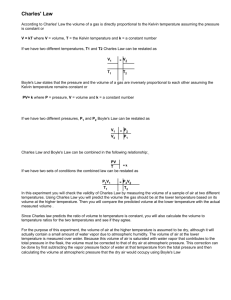LAB: Charles's Law
advertisement
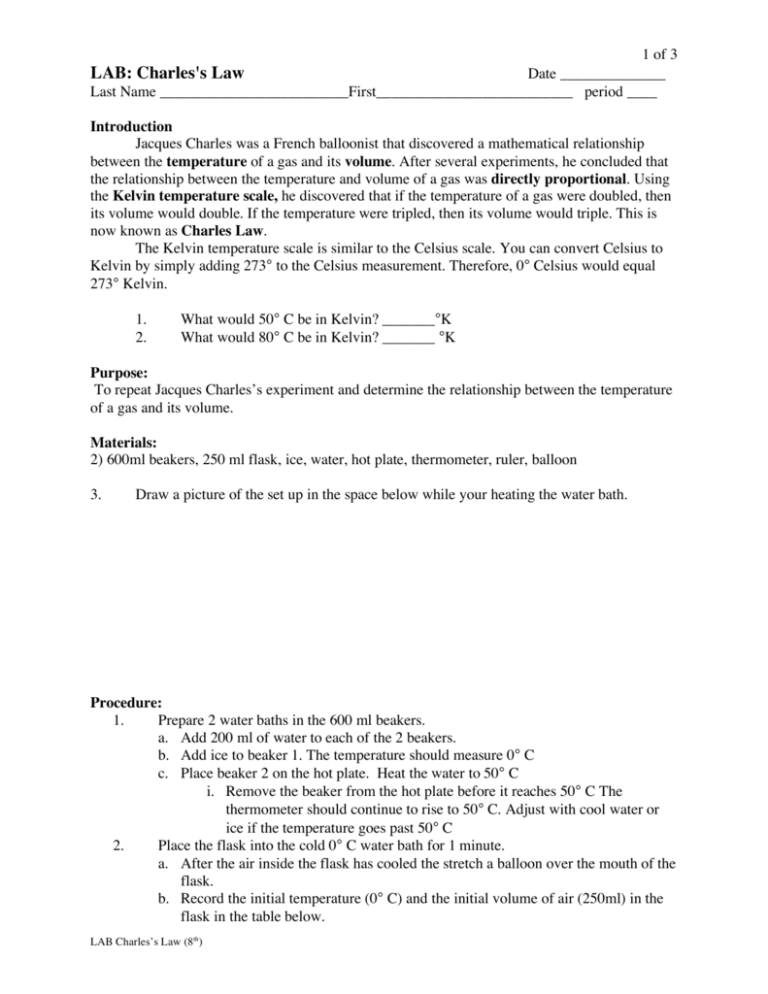
1 of 3 LAB: Charles's Law Date ______________ Last Name _________________________First__________________________ period ____ Introduction Jacques Charles was a French balloonist that discovered a mathematical relationship between the temperature of a gas and its volume. After several experiments, he concluded that the relationship between the temperature and volume of a gas was directly proportional. Using the Kelvin temperature scale, he discovered that if the temperature of a gas were doubled, then its volume would double. If the temperature were tripled, then its volume would triple. This is now known as Charles Law. The Kelvin temperature scale is similar to the Celsius scale. You can convert Celsius to Kelvin by simply adding 273° to the Celsius measurement. Therefore, 0° Celsius would equal 273° Kelvin. 1. 2. What would 50° C be in Kelvin? _______°K What would 80° C be in Kelvin? _______ °K Purpose: To repeat Jacques Charles’s experiment and determine the relationship between the temperature of a gas and its volume. Materials: 2) 600ml beakers, 250 ml flask, ice, water, hot plate, thermometer, ruler, balloon 3. Draw a picture of the set up in the space below while your heating the water bath. Procedure: 1. Prepare 2 water baths in the 600 ml beakers. a. Add 200 ml of water to each of the 2 beakers. b. Add ice to beaker 1. The temperature should measure 0° C c. Place beaker 2 on the hot plate. Heat the water to 50° C i. Remove the beaker from the hot plate before it reaches 50° C The thermometer should continue to rise to 50° C. Adjust with cool water or ice if the temperature goes past 50° C 2. Place the flask into the cold 0° C water bath for 1 minute. a. After the air inside the flask has cooled the stretch a balloon over the mouth of the flask. b. Record the initial temperature (0° C) and the initial volume of air (250ml) in the flask in the table below. LAB Charles’s Law (8th) 5. 6. 2 of 3 Transfer the flask into the hot water bath. Observe the balloon. Measure its diameter (cm) when it reaches its greatest volume. Record the diameter of the balloon in the table below. Remove the flask. Place the 600 ml beaker back on to the hot plate and heat the water bath to 80° C Repeat step 3 Convert Celsius to Kelvin by adding 273 7. 8. Calculate the volume of the balloon by using the formula v = 4/3π r Add the volume of the balloon to the volume of the flask for total volume. 3. 4. 3 Plot these 2 variables. Data: Complete the table: Temperature vs. Volume Balloon diameter (cm) 0 Balloon radius (cm) 0 Balloon Volume (cm3) Volume of flask (cm3) 250 Total volume (cm3) Temp (°K) 250 cm3 250 250 Analysis: Construct a line graph of Temperature (°K) vs. Volume (cm3) LAB Charles’s Law (8th) Temp (° C) 3 of 3 Questions: 1. Does your graph show a straight line or curve? ___________________ 2. What trend does your graph show? directly proportional or inversely proportional? ____________________________ 3. Which variable in this experiment is the manipulated variable? temperature or volume _____________________________ 4. Which variable in this experiment is the responding variable? temperature or volume ______________________________ 5. What is Charles Law? _________________________________________________ ____________________________________________________________________ ____________________________________________________________________ ____________________________________________________________________ Conclusion: 6. Write a paragraph stating how this experiment supports or does not support Charles's Law. __________________________________________________________________________ __________________________________________________________________________ __________________________________________________________________________ __________________________________________________________________________ __________________________________________________________________________ __________________________________________________________________________ __________________________________________________________________________ __________________________________________________________________________ __________________________________________________________________________ __________________________________________________________________________ __________________________________________________________________________ __________________________________________________________________________ __________________________________________________________________________ __________________________________________________________________________ LAB Charles’s Law (8th)
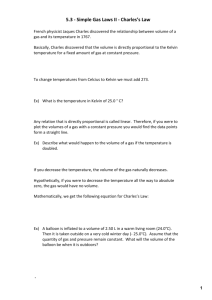
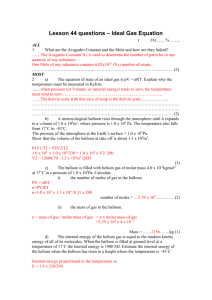
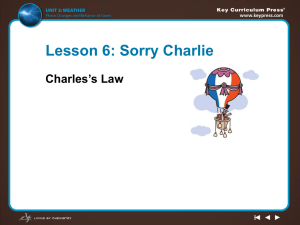
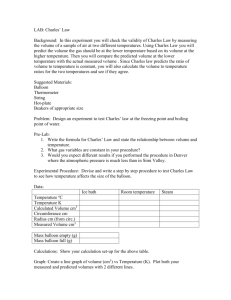
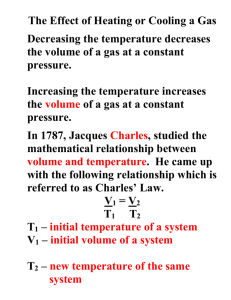
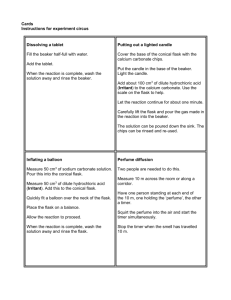
![Temperature Notes [9/22/2015]](http://s3.studylib.net/store/data/006907012_1-3fc2d93efdacd086a05519765259a482-300x300.png)

